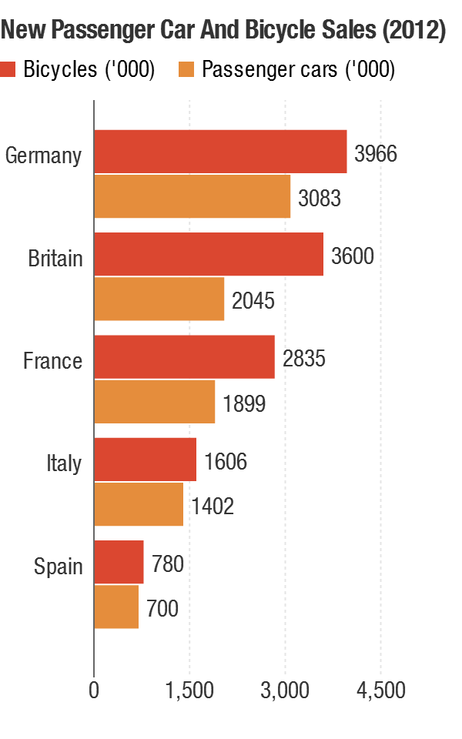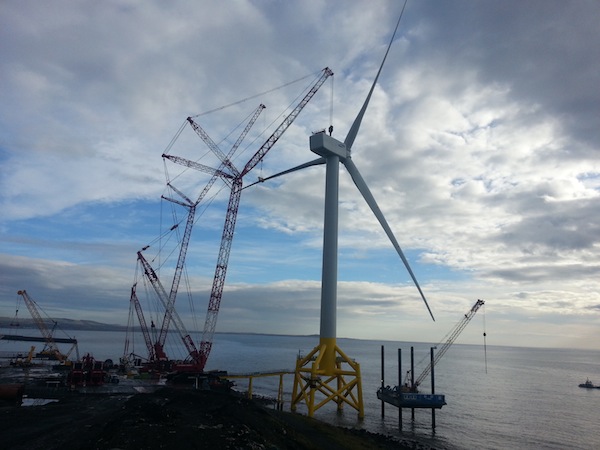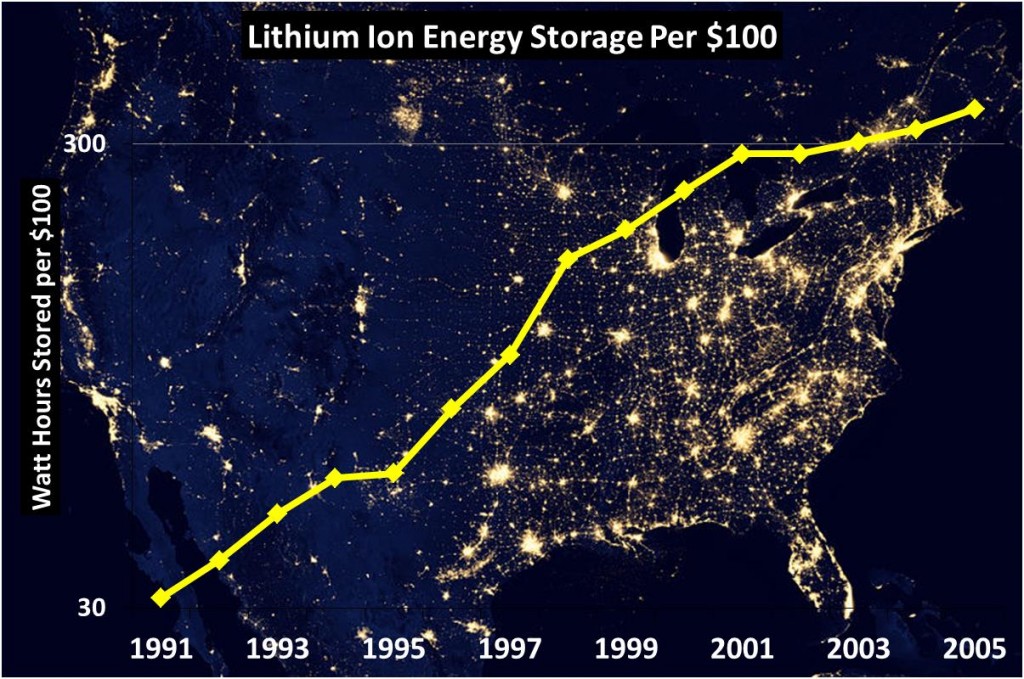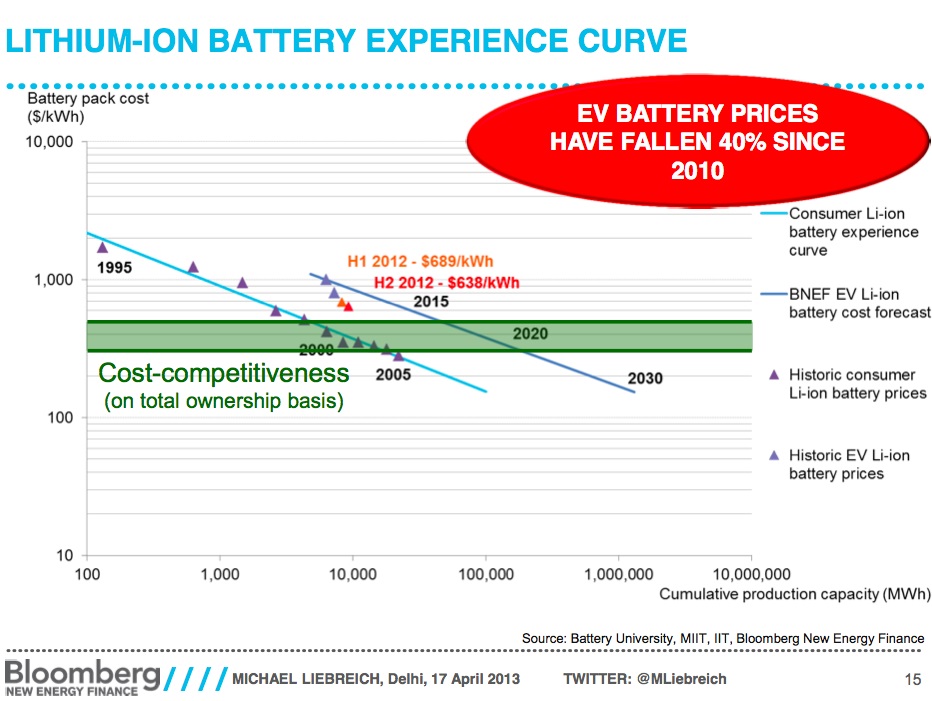Platts has an article on Chinese progress in extracting shale gas (Chinese wells still take 3 times as long to drill as US ones and cost around 4 times as much) - Chinese oil companies attempt to slash shale gas drilling costs.
Chinese companies are aiming to cut costs and enhance efficiencies as they become more familiar with shale gas development in the country, delegates at an unconventional gas conference said in Beijing this week.
State-owned Sinopec has been focused on the gas-rich Sichuan Basin, where it already has experience working on complex fields with high sulfur in tight reservoirs, particularly with its Puguang and Yuanba projects. Its main shale development is the Fuling project in the Sichuan Basin in Chongqing covering up to 500 sq km. Sinopec said in March that it hoped to reach 1 billion cubic meters/year of production capacity at the project by 2015.
Ma Yongsheng, the company's chief geologist, told delegates at the Global Unconventional Gas Summit on Tuesday that Fuling has produced more than 20 million cu m since late last year from an ongoing trial production, and daily output has hit 60,000 cu m of gas. There are now five wells with stable output. Working on the project has already yielded some efficiencies, Ma said, with the drilling time for each well cut by half to about three months. Ma added that the cost of one shale gas well is now around Yuan 90 million ($14.7 million), including costs for drilling, fracturing and procurement of services from technical service companies.
Gas still is the subject of much debate in Australia, with The Age recently running an article on opposition to natural gas export projects pushing up the price of domestic gas - Gas companies 'hoarding' for export projects.
Gas companies have been accused of leaving gas in the ground that could be profitably sold today, so they can sell the gas more expensively in the future. The claim comes as gas prices along the east coast are forecast to rise to international levels after the development of a string of export gas projects in Queensland. This has already driven the price of gas for some large industrial users to $9 a gigajoule from 2016, up 50 per cent.
''An oil company that expects to sell … LNG [liquefied natural gas] at a price of $14.85 ma unit in 20 years' time would be better off if it secured $3 for that same unit of gas in the domestic market today,'' Mike Lauer, director of Gas Trading Australia, told the Australian Pipeline Industry Association on Monday. ''The overwhelming focus of our oil and gas producers on big, exciting and sexy LNG developments has come at a substantial cost to resource allocation in Australia. This focus has seen oil company executives decline to profitably sell gas in domestic markets today so that the gas can be reserved for sale in 15 or 20 years as LNG.''
An example is the Northern Territory, where more than 150 petajoules of gas is brought into Darwin each year and exported to Japan. ''Apparently, there was not 12 PJ to 20 PJ of gas per annum available to supply Channel Island, 12 kilometres away from the LNG plant, because the gas was needed to supply LNG in the plant's 17th contract year,'' he said. ''It beggars belief that there was no price at which such small volumes of gas could be liberated from the LNG project. ...
His comments came as pipeline owner and operator Jemena said government must be prepared to intervene to prevent ''demand destruction'' among some gas users when the gas price spikes, which would put trade-exposed industries that use large volumes of gas at risk. ''Temporary, targeted government assistance for trade-exposed industries would be justified to ease transitional pressures,'' said Shaun Reardon, Jemena's executive director.

The Daily Reckoning reckons this is all as it should be (I'm not sure your average punter would be swayed by these arguments but they are preaching to the choir) - Should Australia Have a Shortage of Natural Gas or Cash ?.
If you can buy something for $3.15 in America and sell it for $16.40 in Mexico, should you? Not if you're a patriotic Australian, as you'll discover below.
Oddly enough, Australia is at the centre of the story the image is trying to tell, but we don't even get a price label. Maybe that's because there are some foul smelling goings on within our borders. We're talking about the natural gas industry, of course.
'Rip and reap, baby' is for the wimpy resource cowboys of the past, reports The Age. 'Rip, reap, hoard and flog overseas' is the new motto of the Australian gas industry. And they're infuriating the greenies, industry, politicians and every other busybody in the country. So, as a matter of principle, let's give the scroungedrels some support.
Why are they 'scroungedrels'? Well, instead of providing much needed cheap natural gas to Australian homes and industry, the scoundrels are scrounging around for higher prices overseas. Despite having one of the largest gas production booms in the country, Australia could end up with a shortage of natural gas!
That's a bit misleading. The correct way of putting it is that local consumers of gas are being outbid by foreigners. We're not willing to pay the international market price. But for the sake of the journalists who have to write about this stuff, let's call it a gas 'shortage'.
More and more gas export terminals are coming online, but not fast enough for the natural gas producers. Now the villains have gone one worse than just selling Australia's valuable and needed resources overseas for a higher price. [Gasp!] They're hoarding and storing natural gas in anticipation of being able to sell it overseas at a higher price. [Outraged gasp!] And that's driving up the price of natural gas here in the meantime. [Bang fist on table.] There's nothing worse than a hoarding scroungedrel, is there? [Shake head.]
Actually, things are just as they should be. For now anyway. Politicians and lobbyists are already on the move to 'fix' the 'problem'. As always, they're being egged on by big business trying to get some protection from international competition. BlueScope Chief Paul O'Malley pointed out that Australia is the only country in the world that exports gas without having a national gas policy.
Maybe it's not a coincidence we're in the middle of a gas boom then. But try substituting 'gas' for something else like 'cabbage'. 'Australia is the only country in the world that exports cabbage without having a national cabbage policy.' Ridiculous, right? ...
First of all, hoarding in anticipation of future use is a signal to the economy that a lot of gas will be needed soon, so production needs to be ramped up. Nothing ramps up production like higher prices, and that's just what hoarding causes. So hoarders are actually quite helpful. They also stabilise prices when they sell their amassed holdings. And prepare the rest of the economy for the coming higher prices.
Secondly, selling your exports overseas for multiple times their local price generates a greater benefit than cheap natural gas would here. It's just that the dollars flow into different hands. So the real question should be how Aussie investors can get their hands on the Aussie companies that will be making a mint.

One widely touted answer to natural gas availability in Australia is (naturally) shale gas, with the ABC's Landline program recently having a look at action in the Cooper Basin - It's a Gas.
Australia is on the cusp of a new resource industry, one based on extracting gas from shale rock.
Like coal seam gas, this new industry raises questions about how gas extraction will interfere with underground aquifers, an issue that's troubled some farming communities.
Although shale gas reserves are found throughout Australia, the initial exploration and drilling is being done in a remote part of the Cooper Basin. ...
MIKE SEXTON, REPORTER: This is well number 191 in the Moomba gas field at the Cooper Basin. It isn't the most impressive piece of infrastructure, a 2m high wellhead with a length of 20mm pipe. But it's the closest you'll ever see to an iceberg in the desert, because it's what's hidden that counts.
JAMES BAULDERSTONE, SANTOS: Quite rightly say it doesn't look overly impressive. What you don't see is what happens under the ground. So here you have a well that's some 3.5km deep and is extracting a resource from that one single well that provides the energy for 40,000 homes in Adelaide and Sydney.
MIKE SEXTON: It's Australia's first production well for shale gas, which is often referred to as unconventional gas. And the company operating it, Santos, believes it's a game-changing resource.
JAMES BAULDERSTONE: In the Moomba field and surrounding fields we have some 700 producing gas wells. This is one of those 700 and we're hopeful we can drill many wells like this that can really take the production from central Australia that's been producing, supplying half of the gas of the eastern seaboard for 40 years, and provide that for another 40 years.
MIKE SEXTON: Geologists have long known about the shale deposits. The reason they're now being exploited is because of Asia's continuing demand for energy.
In 2010 Santos signed enormous contracts to supply gas from the Cooper Basin via its joint venture LNG plant at Gladstone in North Queensland. Leaving themselves five years to find enough gas.
The Cooper Basin was slowly being turned off. Now the dynamic has dramatically changed.

The Australian also has an article promoting shale gas production -
Shale gas will transform energy market, says experts (sic).
Santos last year became the first company to begin commercial production of shale gas in Australia, after developing a well near its conventional gas activities in the Cooper Basin, which straddles South Australia's border with Queensland.
Chatham House energy expert Paul Stevens said a strong shale-gas industry in Australia could be expected in the medium-to-long term, and a more attractive tax regime should be implemented to ensure it happens. Professor Stevens said the shale gas revolution in the US had developed while companies were receiving a US$0.50 tax credit for producing unconventional gas until 2002. "Government's can't change geology, but they can change the commercially of the geology,'' Professor Stevens told The Australian after the event. "Tweaking the fiscal terms is quite a good way of doing it.''
Australia has about 396 trillion cubic feet (TCF) in potential shale-gas reserves. Proven conventional gas reserves which do no require "fracking'' - a process in which fluids and sand are injected into rocks to split them in order release gas trapped inside - are about 133 TCF.














































